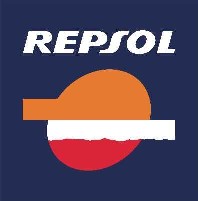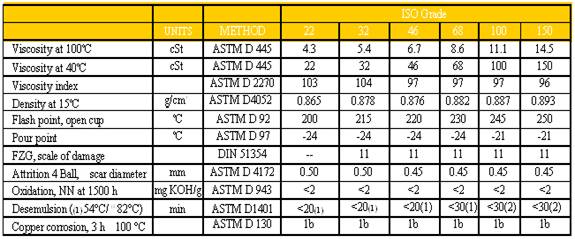| |
Repsol Hydroflux EP 150

Description
The lubricants in this range are produced with carefully selected bases and additives to give them the characteristics of hydraulics oils for general use.
Recommended uses
These oils are very suitable for most hydraulic circuits, including those which require special anti-wear protection, in industry as well as automotive (dumper trucks, machinery for public works, etc.) regardless of the type of pump they are equipped with and the pressures at which they work.
Properties
Resistant to oxidisation, aging and sludge formation.
Low pour point.
High viscosity index.
Very good anti-foam agents.
Excellent anti-wear properties.
Easy water separation.
Quality Level
DIN 51524 part 2 (HLP) AFNOR NF E 48-603 HM
Eaton Vickers I-286-S ISO 11158 (HM)
ISO 6743/4 (HM). AFNOR NF E 48-690 / 48-691
Technical Data

Available in

Hazard Identification
This product is not classified as toxic or hazardous under current legislation.
Handling
This product must be used taking care to avoid prolonged contact with the skin. It is advised that you wear gloves, visors or goggles to avoid splashes.
Health and safety hazards
Inhalation: Given that it is not a particularly volatile product, the risk of inhalation is minimal.
Ingestion: Do not induce vomiting. Provide water. Seek medical advice.
Contact with the skin: Wash with plenty of water and soap.
Eyes: Wash with plenty of water.
General measures: Seek medical advice.
Fire fighting measure
No special measures required.
Fire-extinguishing measures: Foams, dry chemicals, CO2, water spray. Do not apply
the jet of water directly as this could cause the product to disperse.
Environmental precautions
Risk of physical contamination when spilled (waterways, coastal areas, soils, etc.) due to its floatability and oily consistency; could cause harm to flora and fauna on contact. Avoid material getting into water outlets.
Decontamination and cleaning: Treat like an accidental oil spill. Prevent dispersion using mechanical barriers and remove by physical or chemical means.
Unless otherwise specified, the values cited in technical characteristics should be considered as typical. |
|

